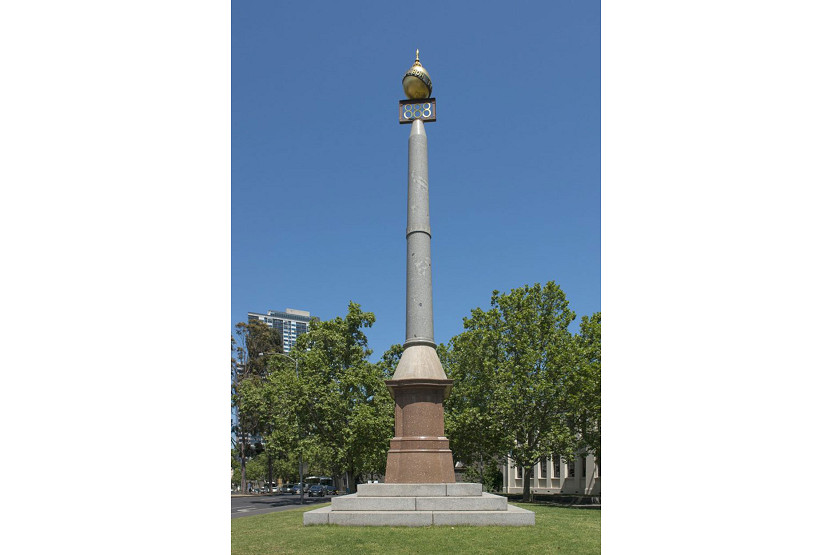Brettena (also known as Bridgetena) Smyth – a passionate crusader for good
She was large in stature, nearly six feet tall, and her heart and generosity were enormous.
Her reputation spread widely throughout Australia. At a time of growing interest and experimentation in medicine, Brettena was at the forefront of advances in healthcare, with a particular interest in the health and wellbeing of women.
Born in Kyneton in 1840, Brettena was 33 when, after 12 years of marriage, she was widowed, leaving her with four children to support. Her husband owned a fruit and confectionery shop on North Melbourne’s main shopping street and Brettena took over the business. Her shop evolved into a millinery and gift shop, attracting female clientele. Thus, she would have come across women from all walks of life, giving her insight into the hardship, poverty and domestic violence that many women endured at that time.
Brettena lived behind her shop at 51 Errol St and it was here that she ran her practice of what today would be referred to as alternative medicine. She practised, among other things, electrotherapy and phrenology, the study of the conformation of the skull, from which the practitioner purported to ascertain the patient’s mental faculties and temperament. She had an interest in medical science and it was her ambition to study medicine at the University of Melbourne.
Unfortunately, these plans were thwarted when she lost her savings in the financial crash of the early 1890s. She wrote pamphlets that sold widely, provided consultations, and lectured on her health theories and, to audiences confined to women, she advocated the use of birth control, particularly condoms and the contraceptive “cap”, a “French pessaire preventative”, which, she said, was the only form of contraception that a woman could use without the knowledge of her husband.
Brettena had a vision of the ideal family: while she held progressive ideas she believed that a strong family unit, where roles were shared between the sexes, was fundamental to social reform. She advocated birth control to assist families limit the number of children, but also to prevent the number of unwanted pregnancies. She acknowledged the role that alcohol abuse played in violence against women and was involved in the temperance movement.
The title of her several books, Love, Courtship and Marriage (1892), The Limitation of Offspring (1893) and The Social Evil (1894). What Every Woman Should Know: Diseases Incidental to Women (1895) demonstrate her various interests. She enjoyed public speaking and she gave up her shop in order to go travelling and propagate her ideas. Unfortunately, she developed Bright’s disease and died on February 15, 1898 at the age of 58.
She was also an early proponent of votes for women, having been an early member of the Victorian Women’s Suffrage Society, and in 1888 she formed a breakaway group, the Australian Women’s Suffrage Society. She was a freethinker and opposed to orthodox religion. So, it is ironic that she was buried in the Roman Catholic section of the Melbourne General Cemetery.
An excerpt from her obituary in the North Melbourne Courier sums up her contribution to society: “Her unvarying good nature, urbanity, and readiness to oblige, disarmed her critics of anything like a personal bias towards her. A true and tender womanly heart” •

Jo Ryan unveils Ordered Chaos at Blender Studios






 Download the Latest Edition
Download the Latest Edition